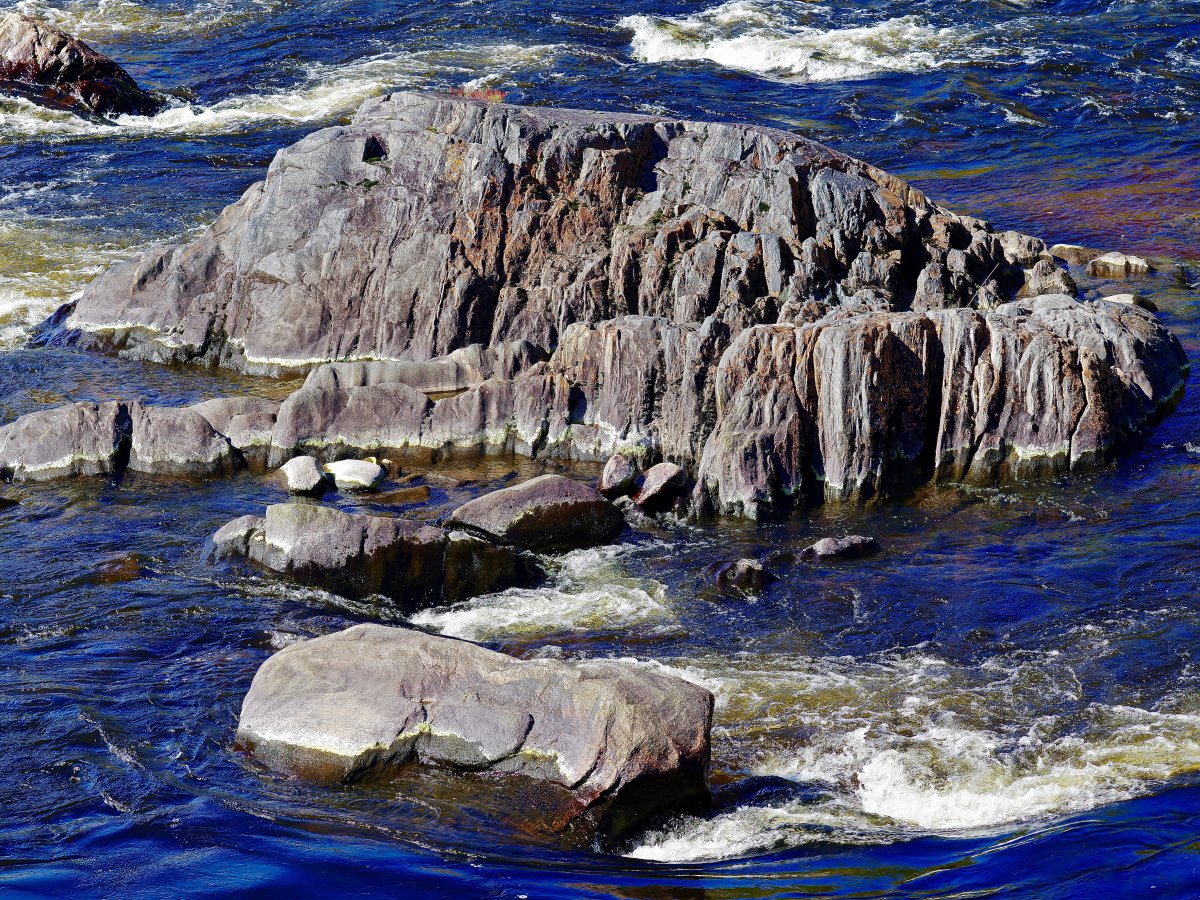Hi,
Yes. Atmospherics. Definitely a big issue. Here are center crops from two shots. They are taken in the exact same spot on two different Saturdays. Two weeks apart. The first is with the P645D plus A* 300/4 plus 2x TC on a tripod. The second is with a Nikon Df plus a Sigma 150-600mm super zoom with OIS and on a monopod. So. Not anything by way of equality or equivalence or what not. All I am showing in this long shot is the long way from where I get the boat and the Cape Lookout lighthouse. It's over three miles across.
So, no one bother to think this is some sort of a comparison between cameras. All this is showing is what the air and water and wind and temperatures are doing across the span. Atmospherics. The first day, with the 645D rig, was a lot warmer for both the air and the water than the second day with the Df. And, man, does that ever show up.
The risk here is someone thinking that the lenses had a lot to do with it all. They didn't.

I have shot with long lenses long enough to have seen this before. I used a Nikkor 500/4 for-seemingly-ever and this sort of 'different day' effect is pretty common. In fact, it was that thinking that led me to shoot with the Df the second time out.
That trip was for walking the beach looking for shells. That is, with my wife. The first trip was to shoot the lighthouse and I had gone alone and done just that. Anyway, the Df is carried with a Nikkor 28-105 macro zoom and the Sigma 150-600 super zoom and monopod as my 'small and light take-with' kit. This was a case of recognizing that the atmospherics would be less on that second day, so I shot the view again from the same spot.
Maybe one other day in the future, I will go back here with both cameras and do a true comparison set of shots. But, for now, in this thread, here is what one can consider when it comes to long lenses and atmospherics.
These are crops out of the center of the shots.

P645D plus A* 300/4 plus 2x TC plus Tripod plus a Warmer Day

Nikon Df plus Sigma 150-600 at 600 plus monopod on a cooler day.
Oh. And that island is much closer to us than where the lighthouse is. It just gets in the way of us seeing the rest of the water. All of which is contributing to the atmospherics.
Here are the full shots, where things don't look quite as bad as in the crops.

P645

Nikon Df
Stan
Last edited by w2ck; 11-15-2020 at 08:28 AM.
Reason: Added the full shots


 Similar Threads
Similar Threads 










 I have shot with long lenses long enough to have seen this before. I used a Nikkor 500/4 for-seemingly-ever and this sort of 'different day' effect is pretty common. In fact, it was that thinking that led me to shoot with the Df the second time out.
I have shot with long lenses long enough to have seen this before. I used a Nikkor 500/4 for-seemingly-ever and this sort of 'different day' effect is pretty common. In fact, it was that thinking that led me to shoot with the Df the second time out. 








 Post #26 by wa2kqy
Post #26 by wa2kqy








